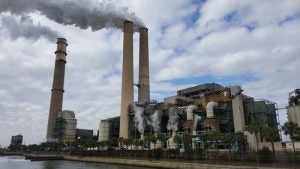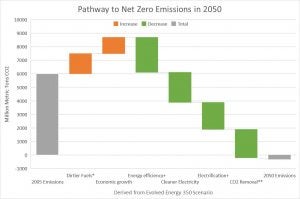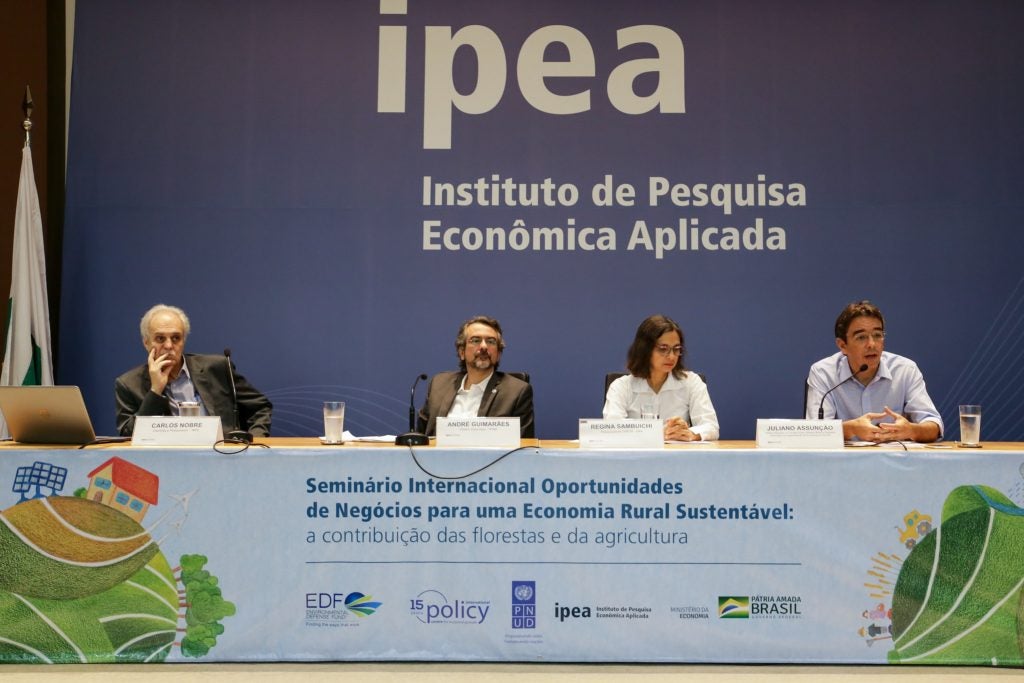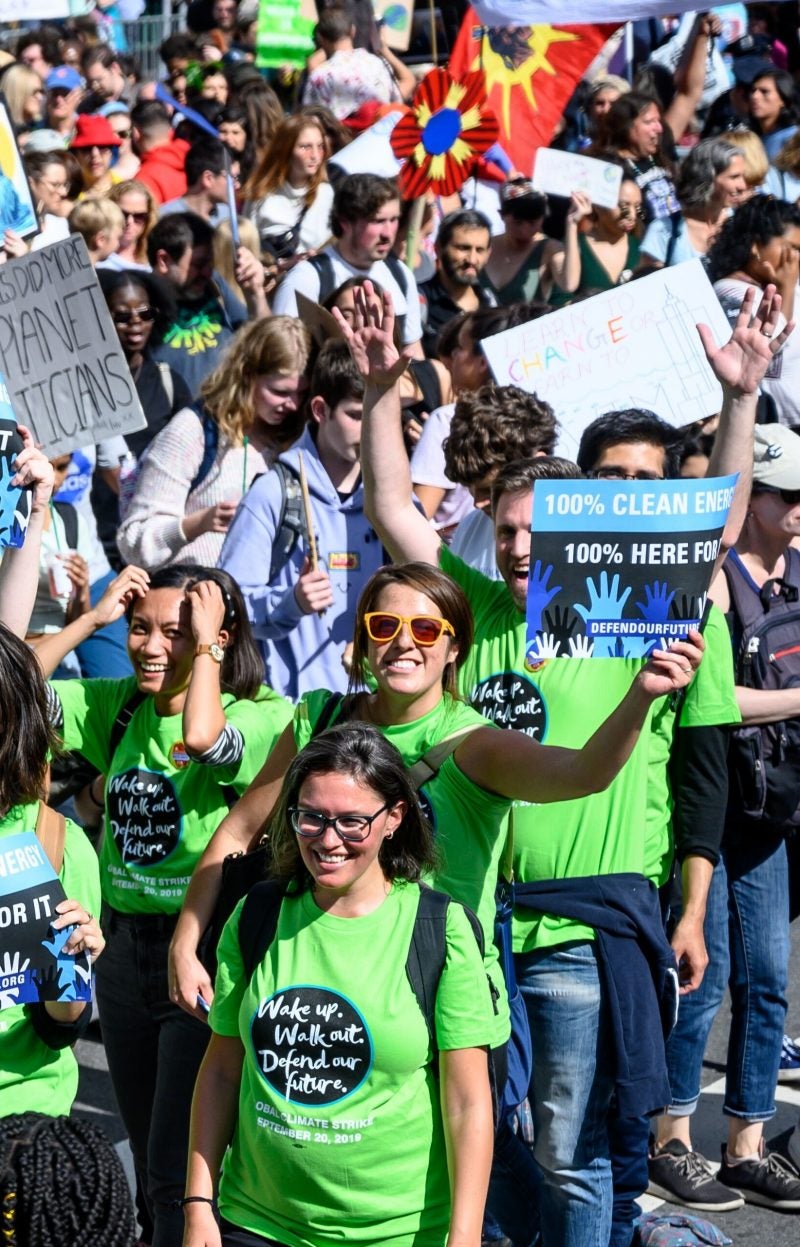 EPA Administrator Andrew Wheeler has suggested that ACE – the Trump administration’s harmful and deeply flawed replacement for the Clean Power Plan – is just as effective in protecting climate and public health as its predecessor.
EPA Administrator Andrew Wheeler has suggested that ACE – the Trump administration’s harmful and deeply flawed replacement for the Clean Power Plan – is just as effective in protecting climate and public health as its predecessor.
Wheeler is wrong.
ACE will achieve virtually no reductions in carbon pollution from power plants and will increase health-harming pollution in many communities across the country. This harmful rule represents a huge step backwards at a time when communities across the nation are increasingly suffering devastating impacts from climate change – such as wildfires, extreme weather, coastal flooding, and intense heat waves – that underscore the need for rapid reductions in carbon pollution.
Following the finalization of the ACE rule in June, Wheeler said that when the rule is fully implemented, “we expect to see U.S. power sector CO2 emissions fall by as much as 35 percent below 2005 levels.”
What that claim fails to acknowledge is – that based on EPA’s own analysis – these reductions are projected to occur whether or not there is a federal policy in place. In other words, the ACE rule will accomplish no significant carbon pollution reductions beyond business-as-usual. By claiming credit for reductions that would happen anyway, Wheeler is simply masking the inefficacy of the rule.
The Clean Power Plan was the first-ever policy to set national limits on harmful carbon pollution from existing power plants. The ACE rule, in contrast, contains no binding limits on carbon pollution. Instead, the rule merely provides a list of “heat rate improvement measures” that would incrementally improve the operating efficiency of coal plants, leaving it up to the states to decide which – if any – of those measures to apply.
When the Clean Power Plan was finalized in 2015, EPA projected that power sector carbon pollution would be 17 percent below 2005 levels in 2030 under business-as-usual with no federal policy. Due to the plummeting costs of clean energy technologies and the ongoing market shift towards cleaner electricity sources, EPA now projects that power sector carbon pollution under business-as-usual with no federal policy will be much lower, at 35 percent below 2005 levels in 2030. According to EPA, the ACE rule is projected to achieve a trivial 0.7 percent reduction in carbon pollution compared to business-as-usual in 2030.
Worse still, EPA’s own numbers show that the rule would have the perverse impact of incentivizing some coal-fired power plants to operate and pollute more – leading to more carbon pollution in many states compared to no policy at all.
Experts have warned that under the ACE rule, many parts of the country would also see increases in the health-harming pollution that leads to soot and smog. While the Trump administration has tried to downplay the public health consequences of the rule, EPA’s projections show that vulnerable communities around the nation will likely suffer the most from these dangerous pollution increases.
In addition to disregarding the health and well-being of Americans, the years-long effort by the Trump administration to dismantle the Clean Power Plan represents a squandered opportunity to cost-effectively achieve urgently needed reductions in pollution. EDF filed comments on the proposed rule that demonstrate that fact. Our updated analysis using the same power sector model that EPA relies upon shows that carbon pollution reductions of more than 50 percent below 2005 levels in 2030 are possible at similar costs to what the original Clean Power Plan envisioned. The U.S. Energy Information Administration has also found that even greater reductions of 68 percent below 2005 levels can be achieved by 2030 – along with steep reductions in dangerous soot and smog-forming pollution – at modest cost.
Not only are significant reductions in carbon pollution from the power sector possible, they are also long overdue. We are already facing serious consequences from carbon pollution. The latest reports from the Intergovernmental Panel on Climate Change make it frighteningly clear that the country and the world are facing unprecedented threats from climate change – and that rapid reductions in climate-destabilizing pollution are needed by 2030 in order to avoid the worst impacts. The devastation from climate change-fueled disasters across the U.S. and the millions of Americans suffering from the health impacts of air pollution underscore the pressing need for reductions in pollution from the power sector, one of the nation’s leading contributors to carbon pollution.
We need real protections against the dangerous carbon pollution that threatens both our environment and our health – not spin from Administrator Wheeler that hides the real impacts of his pollution-enabling rule behind misleading statistics.













 Over the course of my professional career, I have observed several protest events. The Global Climate Strike on September 20th marked my first experience as an active, marching, sign-holding protest participant. When I confessed this to one of my colleagues in the NYC office, she rightly asked the question: What took you so long? Good question. Let’s just say that it was an amazing way to cap my fourth week of employment with EDF!The day before the Climate Strike, I had a brief meet and greet with
Over the course of my professional career, I have observed several protest events. The Global Climate Strike on September 20th marked my first experience as an active, marching, sign-holding protest participant. When I confessed this to one of my colleagues in the NYC office, she rightly asked the question: What took you so long? Good question. Let’s just say that it was an amazing way to cap my fourth week of employment with EDF!The day before the Climate Strike, I had a brief meet and greet with  The Intergovernmental Panel on Climate Change has published yet another alarming report about the dangers we face from the climate crisis.
The Intergovernmental Panel on Climate Change has published yet another alarming report about the dangers we face from the climate crisis.